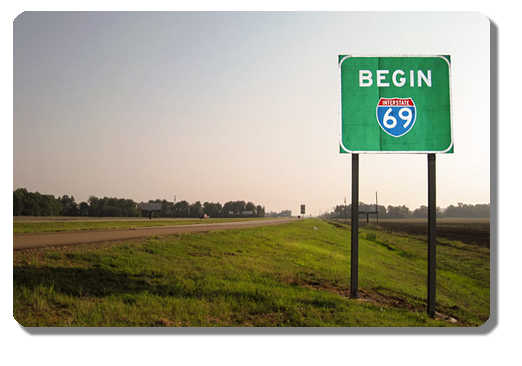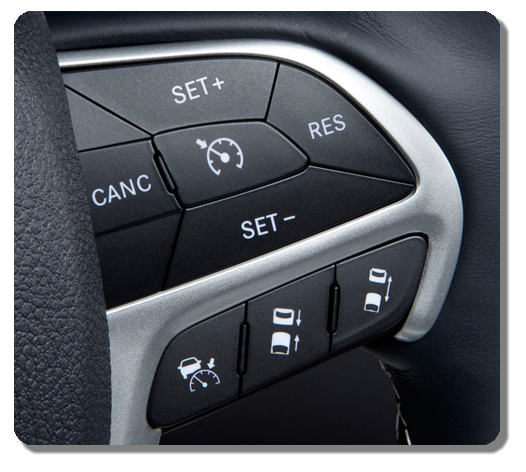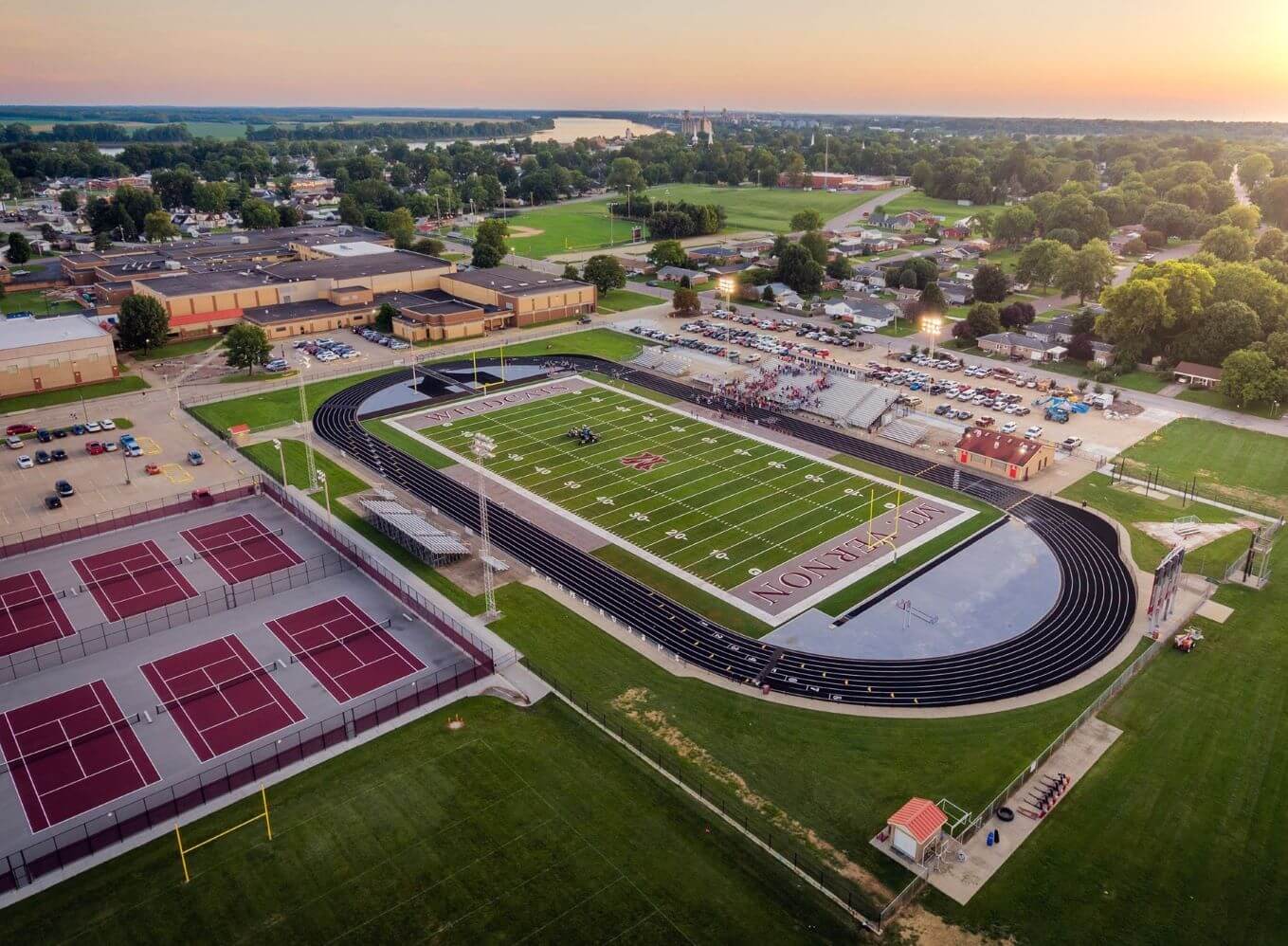 As a long-time resident of Evansville, I had heard about the benefits of I-69 so many times, and had awaited its arrival for so long, that I actually became a bit numb to it. But on a recent drive to Indianapolis, I was reawakened to its benefits. I packed and dressed as usual for my trip, and then headed east on Lloyd Expressway to connect with I-69 north for the first time since it had been opened all the way to Bloomington.
As a long-time resident of Evansville, I had heard about the benefits of I-69 so many times, and had awaited its arrival for so long, that I actually became a bit numb to it. But on a recent drive to Indianapolis, I was reawakened to its benefits. I packed and dressed as usual for my trip, and then headed east on Lloyd Expressway to connect with I-69 north for the first time since it had been opened all the way to Bloomington.
It wasn’t until about 10 miles north of Evansville that I realized just how easy this 100-mile stretch was going to be. I could set my cruise control only once, and my Toyota Highlander would need very little attention from me for the next 90 minutes. All the stories and positive spin about I-69 were only theory to me until I experienced some of its advantages tangibly:
- Time savings
- Safety – reduced risk of obstacles and unanticipated hazards
- Predictability – reduced uncertainty about traffic conditions
- Opportunity – to think and plan and invest my attention and thoughts on things other than the challenges of two-lane traffic
 Aren’t these benefits similar to what you are expecting out of your information technology investments? As a business leader or IT professional, you are looking for opportunities to save time, reduce risk, and experience stable, predictable outcomes for non-mission-critical investments. But you are also looking for advantage – leveraging technology to help you build and expand your business, create a greater impact, and make a lasting difference for the stakeholders to whom you are accountable.
Aren’t these benefits similar to what you are expecting out of your information technology investments? As a business leader or IT professional, you are looking for opportunities to save time, reduce risk, and experience stable, predictable outcomes for non-mission-critical investments. But you are also looking for advantage – leveraging technology to help you build and expand your business, create a greater impact, and make a lasting difference for the stakeholders to whom you are accountable.
The problem for I-69, and the similar challenge for IT solutions, is that the benefits are often difficult to imagine or quantify until you experience them firsthand. When we can actually see the efficiencies, or feel the effects of streamlined operations, or close on a new opportunity made possible by a strategic investment months or years ago, the critics tend to move on to another topic, and the beneficiaries wonder why it took us so long to deliver.
Those of us who might be championing a change, an investment, or a challenge to the status quo should expect a gravitational pull back toward what is comfortable and non-disruptive. Like a rubber band being stretched, there is a constant tension against change and a propensity to snap back into a place that is normal and familiar.
Leaders must do more than dream about opportunity and investment. We need to actively paint a picture of how things can be better so others can share the vision with us, and then we must bring people together who can execute a strategy to get there.
As for me, I’m thankful for an easier drive to Indianapolis. The opportunity to set my cruise control today is made possible by those in years past who were willing to envision a better future, sell the benefits, and invest heavily toward the desired outcome.
Larry May – [President]




